In 1860, French explorer Henri Mouhot stumbled across what is now known as the largest religious monument in the world: Angkor Wat. Originally constructed in the 12th century, for years the temple complex lay largely off the radar of the Western world, but Mouhot brought his discovery to their attention with evocative notes and sketches, writing of Angkor: “It is grander than anything left to us by Greece or Rome.”
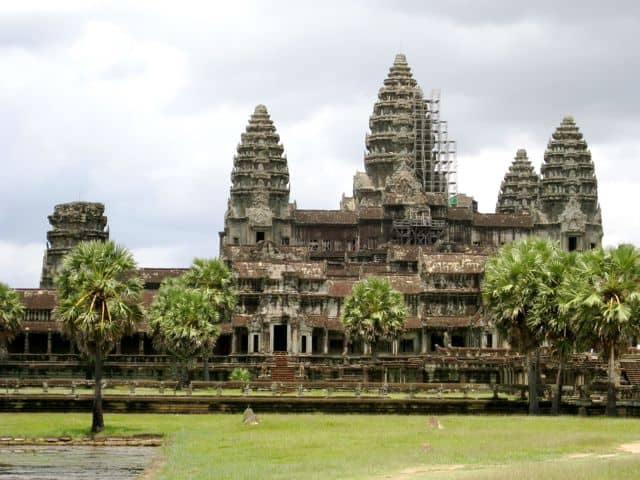

The Belmond Angkor experience
On a steaming Wednesday afternoon in May, I myself stumble into Cambodia for the first time, where I’ve been invited to stay at Belmond La Résidence d’Angkor, an Orient Express property in the heart of Siem Reap. And my first order of the day is to chat with the hotel’s resident manager, Jacques Varet. “We want you to be in a place where you’ve got something to discover,” he tells me. “We like to show you something, to bring you an experience.” His words remind me of Mouhot’s surveys of Angkor Wat some 150 years ago. As my own time in Cambodia begins (after dropping my bags off in my unbelievably spacious Résidence suite), I can only wonder what discoveries await me here today.


Culinary discoveries
For dinner on my first night, I head downstairs to Circle Restaurant, where my server Samet has no problem convincing me to choose the “Tasting of Khmer” starter and the Bamboo Keo for my main. Arranged on a circular bamboo tray are seven small dishes: piquant duck soup with onions, mushrooms, and pickled lemon, deep-fried minced pork served on sticks of sugarcane, and – my favorite – Khmer chicken stir-fried with hot basil and lemongrass. The flavors dance together as well as the actual Cambodian dancers performing on a small stage during dinner.


The next day, long after the dinner rush has ended, I have a chance to sit down with Executive Chef Richard Bias, who explains a bit more about my meal and Khmer cuisine as a whole: “In a normal Cambodian family meal, you’d put everything on the floor and eat it together. Normally you’d have a salad, a soup, a main dish – it’s all important. We try to incorporate all this, but only for one person.” While I’d thought the tray of small dishes had been arranged for presentation’s sake alone, I love learning it has its roots in Khmer tradition.
Cultural discoveries
My discoveries don’t end with food. At the Kong Kea Spa (which just happens to be a 2013 nominee for the World Luxury Spa Awards), I get a lesson in the old ways of Khmer healing. Spa employee Panharong helps me decide on the Chab Ta Shai – or as she explains, “an ancient Khmer massage” especially good for pain relief.

While I’ve had a few massages before, this is the first time I’m given a loose cotton top and pants to wear during the treatment itself. Once I change into them and lie facedown on the table, Panharong gets to work, kneading my back and legs like they’re balls of dough. What’s also unique about this treatment is that it is oil-free – all it takes are firm, deep strokes. From an invigorating scalp rub to stretching my toes ‘til they pop, there’s hardly a part of me that Panharong doesn’t stretch, rub, and pull back into shape.
Spiritual discoveries
On my last morning at La Résidence d’Angkor, my phone rings with an earlier wakeup call than expected at a resort: 7am. Also unexpected is how quickly my night owl self jumps out of bed, but today is different: I’m off to meditate with a Buddhist monk.
His name is Y Nol, and twice a week he comes to the hotel to lead guests in a one-hour meditation session. “Ninety percent of Cambodia is Buddhist,” Y Nol is explaining to two other guests when I arrive. “There are more than 5,000 temples in the country, including the small and the big.”

He goes on to describe the different kinds of meditation, as well as the purpose of it. “Meditation is to cut down the stress, and to relax. Everybody always stress, that’s why Buddha call the mind the monkey. Even in meditation, the monkey still run around.”
As I try to quiet the monkey in my mind and focus on my breath, what I’m also thinking about is this: While it’s hard to draw too many parallels between Mouhot’s journey through Cambodia and my own (I can’t imagine him having had too many leisurely breakfasts and afternoon massages…), at the heart of them both, I’d still like to think we have one thing in common:
Discovery, and the thrill of learning as much as we can of a different world.
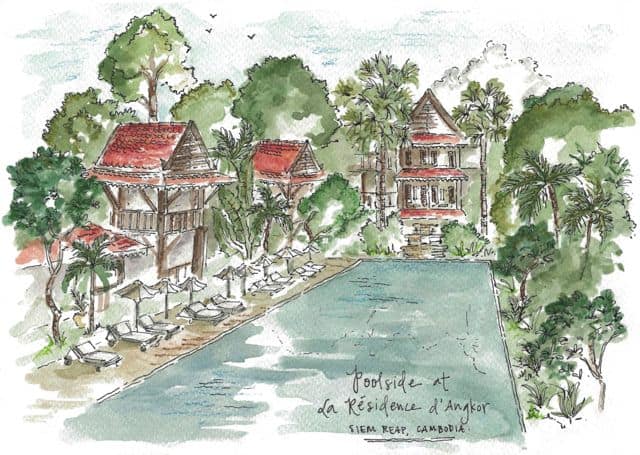
About the guest writer
Candace Rose Rardon is a travel writer, photographer, and sketch artist who recently returned to the U.S. after nine months of living and traveling in Asia. Her first book of travel sketches, titled Beneath the Lantern’s Glow: Sketches and Stories from Southeast Asia and Japan, is soon to be available on Amazon.

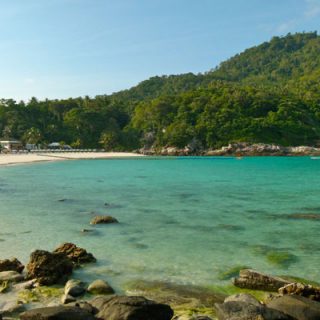
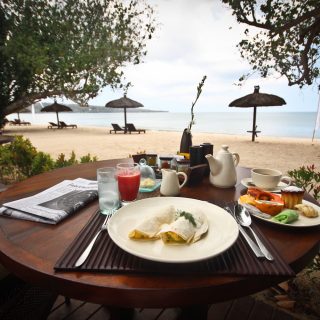
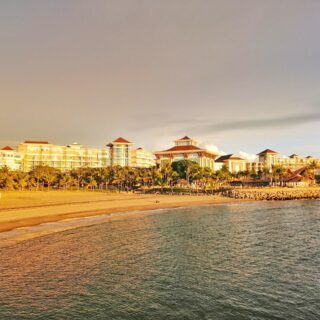
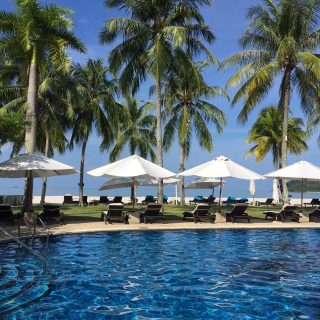






Very good article guy. Keep it up. Please write more about Cambodia to let everyone in the world know Cambodia.
When any Client or ourself go to Siem Reap always stay at the Residence d’Angkor because it is really a paradise and with and exceptional service and friendly staff. The Sunshine from Angkor Wat is simple one of the best sunshine Gay Travel Advice ever saw and highly recommended although you have to get up quite early. Great post Candance … Hope to find your book soon on Amazon 🙂